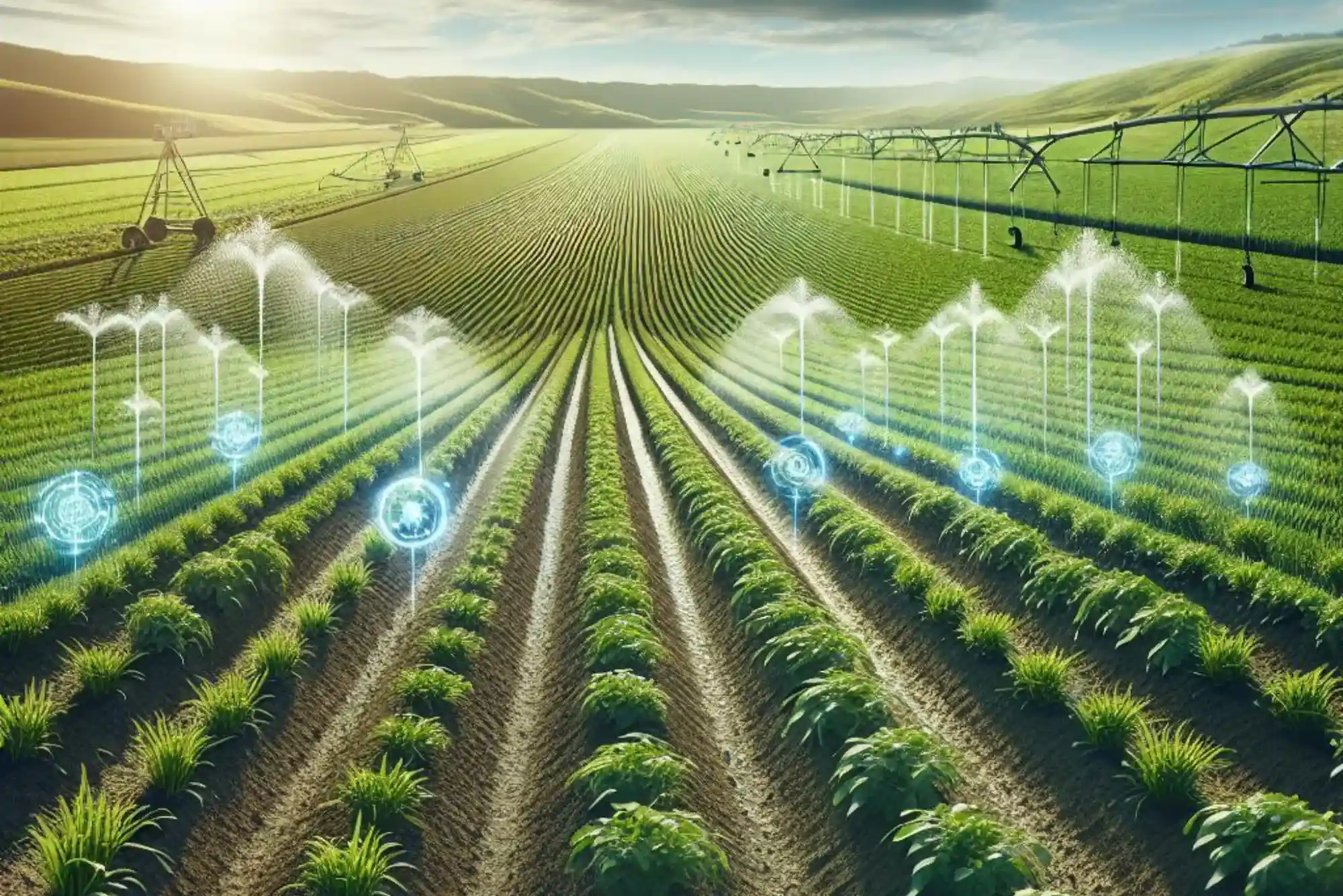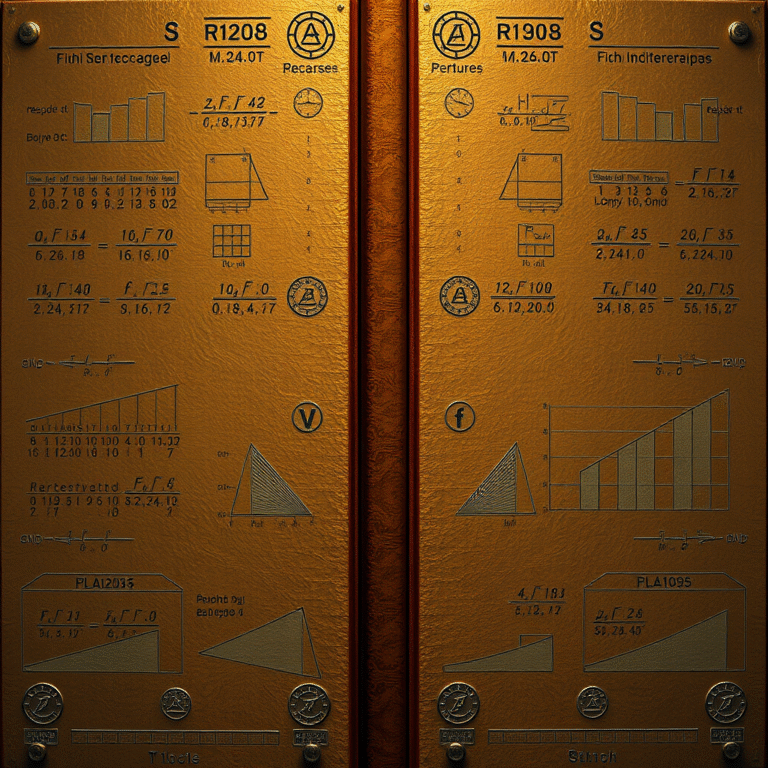Farming is no longer just about soil, seeds, and sunshine — it’s about data-driven decisions. In today’s agricultural landscape, tools like the agriculture fertilizer ratio calculator are empowering farmers in Pakistan, India, and across the world to improve crop productivity with precision. By using digital tools, you can calculate the right nutrient ratios, minimize waste, and significantly boost your yield — without overspending on fertilizers.
Understanding Fertilizer Ratio Calculators
Quick Answer: A fertilizer ratio calculator helps farmers determine the precise amount of nutrients (NPK: Nitrogen, Phosphorus, Potassium) needed for optimal crop growth.
Traditional fertilizer application often relies on guesswork, which can lead to overuse or nutrient imbalance. Modern tools remove the guesswork by providing accurate data based on crop type, soil fertility, and growth stage.
For example:
-
A rice farmer in Punjab can input soil nitrogen levels to calculate the required urea per acre.
-
A maize grower in Sindh can find the correct phosphorus ratio to boost cob size.
This technology saves time, reduces costs, and promotes sustainable agriculture.
Why Fertilizer Balance Matters for Yield
Quick Answer: Balanced fertilizer application ensures that plants get the nutrients they need in the right proportions, directly impacting yield quality and quantity.
Unbalanced fertilization can cause problems like:
-
Nutrient burn (excess nitrogen)
-
Stunted growth (lack of potassium)
-
Low flowering (insufficient phosphorus)
Using a ratio calculator helps you apply nutrients with surgical precision. Data from Pakistan Agricultural Research Council (PARC) shows that balanced fertilization can increase wheat yield by 20–30% on average.
Smart Agriculture Tools Driving the Future
Quick Answer: Smart farming tools combine data analytics, IoT, and AI to help farmers make informed decisions.
Farmers are now adopting digital platforms to monitor crops and calculate fertilizer needs. Platforms like Needscalculator.com allow users to explore more smart calculator tools for different sectors — not just agriculture.
Smart tools help you:
-
Analyze soil nutrient data instantly
-
Adjust fertilizer doses per growth phase
-
Save time through mobile-based recommendations
In countries like Pakistan, digital agriculture is being supported by initiatives such as:
-
Digital Dera Program (Punjab) – offering digital literacy for rural farmers
-
USAID’s Agricultural Innovation Program – promoting tech-based solutions for yield enhancement
Regional Fertilization Patterns in South Asia
Quick Answer: Fertilizer needs differ across regions due to variations in soil texture, crop type, and weather patterns.
Examples:
-
Punjab (Pakistan): High nitrogen demand for wheat and rice.
-
Sindh: Focus on potassium for fruit crops like mangoes.
-
Uttar Pradesh (India): Balanced NPK for sugarcane.
-
Bangladesh: Phosphorus management for paddy fields.
Understanding these regional differences through a fertilizer calculator can prevent both under- and over-fertilization.
How Fertilizer Calculators Improve ROI for Farmers
Quick Answer: Fertilizer calculators reduce waste and ensure every rupee spent translates into improved yield.
Benefits include:
-
15–25% reduction in fertilizer expenses
-
Improved soil health and reduced leaching
-
More uniform crop growth and harvest size
A recent FAO study found that farmers using precision fertilizer tools earned 12% higher net profits per acre compared to those relying on manual estimates.
Integrating Digital Platforms in Agriculture
Quick Answer: Integrating technology in farming enhances efficiency, sustainability, and profit margins.
Pakistan’s agriculture sector contributes nearly 20% to GDP, yet smallholder farmers often lack access to advanced tools. This gap is being bridged by innovative platforms and the leading software and digital solutions company that empower industries — including agriculture — through AI-driven solutions, cloud-based apps, and data analytics.
These integrations make farming smarter, not harder.
Government and Youth-Led Farming Initiatives
Quick Answer: Government programs and youth innovation are key to scaling precision agriculture.
Examples:
-
Prime Minister’s Youth Agriculture Loan Scheme – financing smart farming projects.
-
National Agri-Tech Center (NATC) – developing AI-based monitoring systems.
-
FAO & UNDP Programs – training young farmers in climate-smart agriculture.
In provinces like Khyber Pakhtunkhwa and Balochistan, youth startups are designing local soil analysis apps integrated with fertilizer calculators.
Common Mistakes Farmers Make in Fertilization
Quick Answer: Overuse, underuse, and wrong timing of fertilizer application are major issues.
Avoid these common pitfalls:
-
Applying nitrogen-heavy fertilizers late in the season
-
Ignoring soil testing data before fertilization
-
Using the same fertilizer mix for multiple crops
-
Overlooking micronutrients like zinc and magnesium
The right calculator eliminates these mistakes by customizing recommendations.
Real-World Success Example
Quick Answer: Data-driven fertilizer application can double productivity in certain crop sectors.
A case study in Multan, Pakistan, revealed that cotton farmers who adopted fertilizer calculators saw:
-
30% higher yield per acre
-
18% lower cost of inputs
-
Improved soil pH balance within one season
Such tools are proving invaluable for both small-scale and commercial farmers.
Future of Smart Farming in Pakistan and Beyond
Quick Answer: The future of farming lies in data integration, automation, and farmer education.
As 5G and IoT become widespread, expect to see:
-
Drones spraying fertilizer with AI precision
-
Sensors linked directly to online calculators
-
Data dashboards guiding nationwide fertilizer policies
Pakistan’s potential as a digital agriculture hub is growing, thanks to strong local innovation and global collaboration.
FAQs
1. What is a fertilizer ratio calculator?
It’s a digital tool that helps farmers calculate the correct mix of nitrogen, phosphorus, and potassium for specific crops and soil conditions.
2. Can fertilizer calculators be used for all crops?
Yes. They can be customized for cereals, fruits, vegetables, and even greenhouse plants.
3. Are these tools free to use?
Most platforms offer free basic versions online, while premium options provide advanced analytics.
4. How accurate are fertilizer calculators?
When combined with soil testing data, they can achieve over 90% accuracy in nutrient recommendations.
5. Do small farmers need technical skills to use them?
Not necessarily. Many calculators are mobile-friendly with simple input fields.
6. Can I use these tools offline?
Some tools allow offline functionality after data synchronization.
7. What are the environmental benefits?
Optimized fertilizer use reduces runoff, soil degradation, and greenhouse gas emissions.
Final Thought
As someone observing Pakistan’s digital shift closely, I’ve seen firsthand how data-driven tools like fertilizer calculators are changing the agricultural narrative. From Punjab’s wheat fields to Sindh’s mango orchards, precision agriculture is no longer a luxury — it’s a necessity. The right blend of innovation, training, and technology will empower farmers to grow more, waste less, and contribute to a sustainable Food future.







